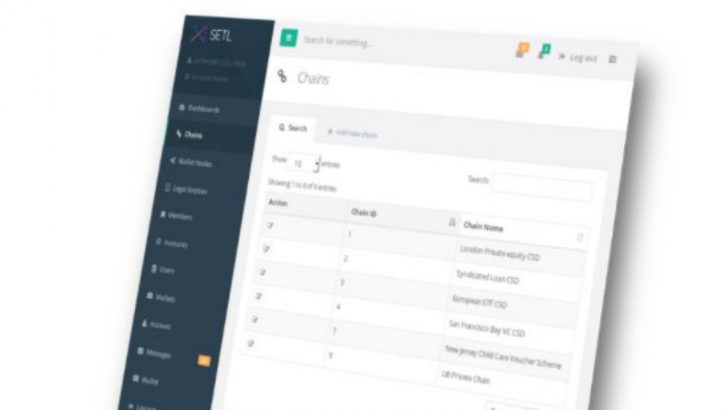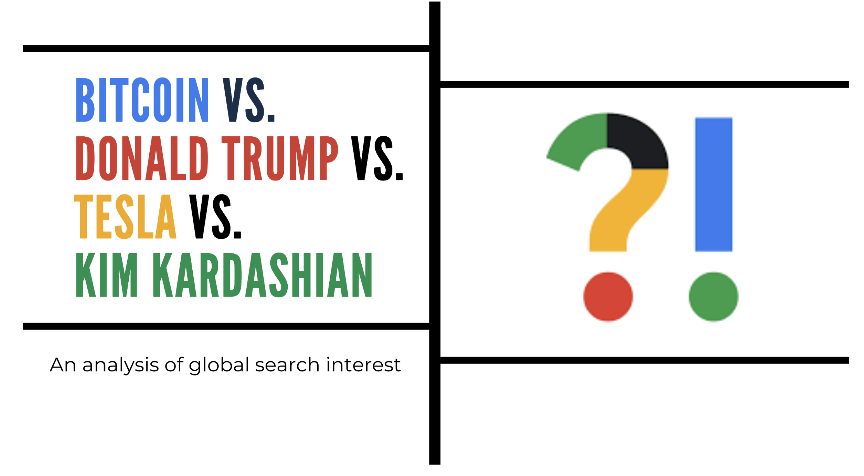Blockchain For Lawyers – The Big Questions
By Gary Nuttall, Managing Director of distributed ledger advisory firm, Distlytics.
What is a blockchain and why is it useful?
I’ll start by stating that there is no single agreed definition of what a blockchain is. In fact, it’s very interesting to see regulators around the world incorporating their own definitions as they draft rules and legislation. In a globally connected world, having differing definitions across jurisdictions could lead to some interesting legal challenges in the future.
I have two definitions that I use. The first is that the term blockchain simply refers to a protocol, a new way of doing business, whereby “value” can be transferred without an intermediary. That value can be financial (such as money) or it could be the ownership of an asset (like a title deed for a property).
The second, more technical definition, is that it’s a write-only, distributed, decentralised database, with all transactions timestamped and cryptographically secured and it can be programmed to respond to external events.
Bringing these definitions together, and looking at the ‘so what?’, means it will be much easier to provide evidence of transactions and will remove disputes about which versions of which documents were agreed to.
The capability known as ‘Smart Contracts’, for contracts that can be (computer) coded (i.e. are completely unambiguous and not subject to interpretation), enables the automatic execution of transactions when an event has been trigged.
A simple example of this is a flight delay insurance contract which pays out automatically if a flight is delayed beyond a prescribed time. No need for anybody to check whether the flight was delayed or to submit a claim – the payment just occurs automatically.
We hear a lot about ‘immutability’, what does that really mean and why is that of use in terms of legal tech?
Immutability is a feature touted by technologists claiming that a blockchain is completely tamper proof. That’s not actually quite correct. Given the computing power of a nation state it is conceptually possible that data could be amended. However any such change would be noticed by other participants. Rather than describing blockchain as tamper proof, I prefer the term tamper resistant.
However, given that it’s unlikely that a government is going to task its super computer capabilities to modify records on a blockchain, it’s reasonable to say that a blockchain ledger is as good as being immutable, i.e. records cannot be changed.
This means that any updates and changes to a ledger are done by appending records rather than rewriting existing ones. This means that a complete, timestamped, audit trail is maintained of every transaction and every update is held in a single reference source. That means all parties are referring to exactly the same data, in exactly the same format, with exactly the same version.
Source/More: Blockchain For Lawyers, Part Two – The Big Questions | Artificial Lawyer















